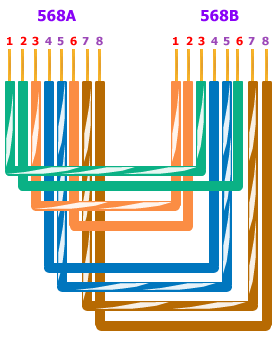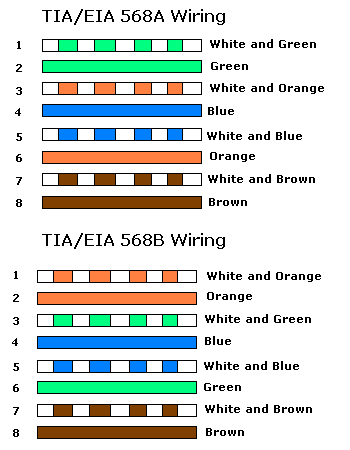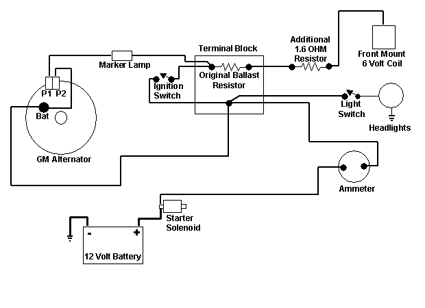is a very simple, inexpensive and interesting project which provides
lot of fun to a home experimenter or hobbyist. This simple transmitter
can transmit speech over a short range. It can be used as a simple
cordless microphone. The circuit uses two integrated circuits from
Maxim. IC1 a MAX4467, is an amplifier raising the microphone signal to
a level suitable for frequency modulation (FM). IC2 is a
voltage-controlled oscillator (VCO) with integrated varactor (a.k.a.
varicap diode). Its nominal frequency of oscillation is set by inductor
L1. The inductor value 390 nH provides an oscillation frequency of
about 100 MHz. For best performance, L1 should be a high-Q component.
L1 may consist of 4 turns of silver-plated wire wound around a 10-mm
drill bit, and stretched to a length of about 1.5 cm.
The wire
diameter can be anything between 26 SWG (0.5 mm) and 20 SWG (1 mm). No
core is used. The MAX4467 is a micro-power opamp for low voltage
operation and providing 200-kHz gain bandwidth at a supply current of
just 24 µA. When used with an electret microphone, some form of DC bias
for the microphone capsule is necessary. The MAX4467 has the ability
to turn off the bias to the microphone when the device is in shutdown
mode. This can save several hundred micro-amps of supply current, which
can be significant in low power applications particularly for battery
powered applications like cordless microphones. The MIC-Bias pin
provides a switched version of Vcc to the bias components.

Resistor
R1 resistor limits the current to the microphone element. The output
impedance of the MAX4467 is low and well suited to driving cables over
distances up to 50 m. The MAX2606 intermediate-frequency (IF)
voltage-controlled oscillators (VCO) has been designed specifically for
portable wireless communication systems. The IC comes in a tiny 6-pin
SOT23 package. The low-noise VCO features an on-chip varactor and
feedback capacitors that eliminate the need for external tuning
elements. Only an external inductor (here, L1) is required to set the
oscillation frequency and produce a properly operating VCO. To minimize
the effects of parasitic elements, which degrade circuit performance,
place L1 and C5 close to their respective pins.
Specifically,
place C5 directly across pins 2 (GND) and 3 (TUNE). Potentiometer P2
then lets you select a free channel by tuning over the FM band of 88 MHz
to 108 MHz. Output power is about –21dBm (approx. 10µW) into 50 Ω. P1
serves as a volume control by modulating the RF frequency. Signals
above 60mV introduce distortion, so the pot attenuates from that level.
To decrease stray capacitance, minimize trace lengths by placing
external components close to IC1’s pins. Using a wire antenna of about
75 cm the transmitter should have a range of about 35 m. Try to keep
all leads as short as possible to prevent stray capacitance. The
transmitter operates on a single supply voltage in the range 4.5 V to
5.5 V from any standard battery source. The transmitter must be housed
in a metal case, with shielding installed between the two stages (AF
and RF). Try to keep all leads as short as possible to prevent stray
capacitance.
 Rear Light After Glow Circuit Diagram
Rear Light After Glow Circuit Diagram










 Electric Window/Fence Charger Circuit diagram
Electric Window/Fence Charger Circuit diagram










 The transistor may be almost any current n-channel type that can handle the requisite power. The popular BUZ11 or BUZ10 is eminently suitable for the present application. The requisite limiting of the start-up current is provided by the internal gate capacitance of the transistor in conjunction with the large gate resistor. If needed, a small capacitor may be added between gate and drain. Once the transistor is conducting hard, the remaining losses are negligible. This is true also when the torch is switched off: the quiescent current flowing through the transistor is much smaller than that caused by the self-discharge of the batteries.
The transistor may be almost any current n-channel type that can handle the requisite power. The popular BUZ11 or BUZ10 is eminently suitable for the present application. The requisite limiting of the start-up current is provided by the internal gate capacitance of the transistor in conjunction with the large gate resistor. If needed, a small capacitor may be added between gate and drain. Once the transistor is conducting hard, the remaining losses are negligible. This is true also when the torch is switched off: the quiescent current flowing through the transistor is much smaller than that caused by the self-discharge of the batteries.





 This circuit contains only a single IC and a handful of passive components, and has a complete oscillator and two frequency triplers. The output is therefore a signal with a frequency that is 9 times as much as that of the crystal. Two gates from IC1, which contains six high-speed CMOS inverters, are used as an oscillator in combination with X1. This works at the fundamental frequency of the crystal and has a square wave at its output. A square wave can be considered as the sum of a fundamental sine wave plus an infinite number of odd multiples of that wave. The second stage has been tuned to the first odd multiple (3 x).
This circuit contains only a single IC and a handful of passive components, and has a complete oscillator and two frequency triplers. The output is therefore a signal with a frequency that is 9 times as much as that of the crystal. Two gates from IC1, which contains six high-speed CMOS inverters, are used as an oscillator in combination with X1. This works at the fundamental frequency of the crystal and has a square wave at its output. A square wave can be considered as the sum of a fundamental sine wave plus an infinite number of odd multiples of that wave. The second stage has been tuned to the first odd multiple (3 x).













